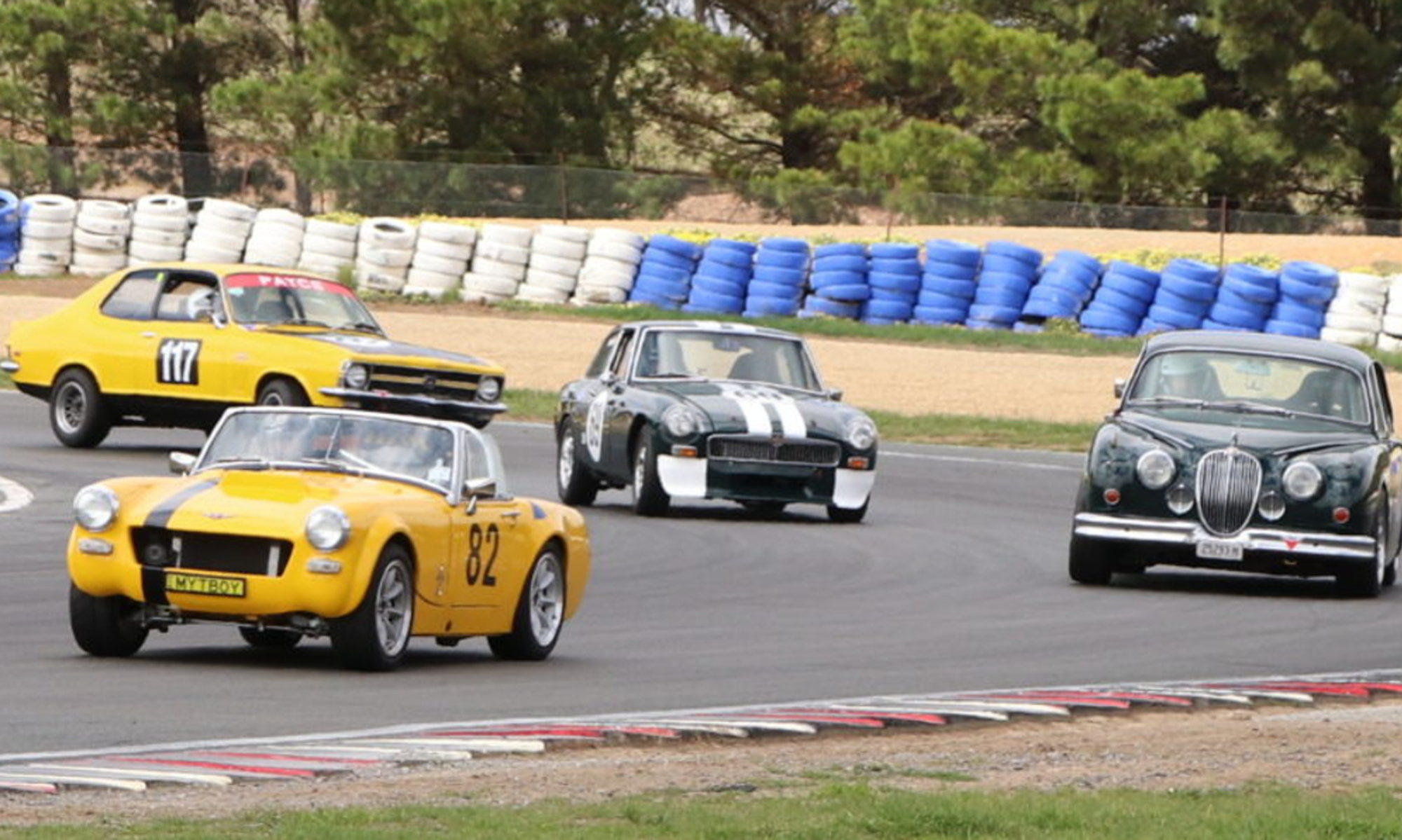The CSCA is committed to helping new-comers to competitive motorsport and is geared to first-timers as well as the seasoned competitor.
It is important to understand that your car will be subjected to stresses not experienced on public roads. Providing a safe environment to go fast is our goal. It is important that your car has gone through some (very) basic preparation before an event.
Changing your oil and filter and checking your cooling and braking systems are some fundamental things to do to ensure your day stays within budget.
Modified road registered cars may need to produce an engineering certificate (formerly a blue slip) at scrutineering. Refer RMS’s Vehicle Standards Information Sheet No. 6: Light Vehicle Modifications.
For general requirements of road registered cars refer RMS Vehicle Standards Information page and possibly the “What Is An Individually Constructed Vehicle?” Sheet VSI No.53.
You may also need to be familiar with the requirements of conditional registration for historic, classic and rally cars.
Go-Fast Tip: Quickest way to go fast is 1) buy softer, stickier tyres (eg Yokohama Advans, Hanook Ventus or Falken Azenis, etc), 2) install and use a 4 or 6 point harness, and 3) go for a competition-style brake pad (eg EBC Stuff)
Friendly advice: Sticky tyres, like any improvements put extra stress on the transmission, universal joins and wheel bearings….but it’s worth it! Just keep up the maintenance.
The following list is a breakdown of things to check you’ve done / need to do – it is comprehensive but simple. For further information refer CAMS’ General requirements for Cars and Drivers
Safety recommendations & requirements
- Harnesses and roll-over-protection (rollbars) or ROPS when not required are strongly recommended
- Additional accessories for comfort, aesthetics and safety permitted provided they do not improve performance, racing seats and harnesses accepted.
- The driver must be protected from all rotating parts by way of shields, etc
- It is recommended for all front-engine/rear-drive vehicles but mandatory for unregistered vehicles that drive-shaft brace/s be fitted so that in the event of a break in the drive-shaft system it does not strike the ground.
- A plain blue triangle (measuring 150x150x150mm) shall be placed on the outer bodywork depicting the location of the battery
- A blue triangle (measuring 150x150x150mm) with a lightning bolt or a yellow ‘e’ in a red circle (80mm diameter) may be used to depict the location of the battery isolation mechanism if fitted.
- Vehicles with a/ carburettor/s must have a supplementary return spring system fitted to each throttle/barrel.
- Unless otherwise required under the supplementary regulations on-board fire extinguishers are not required but are recommended as follows: Each vehicle should be fitted with a fire extinguisher (or extinguishing system) of no less than 900g of powder; the driver must be able to operate the extinguisher/system when seated; the extinguisher must have been tested and tagged within the last three years.
- Apart from factory-fitted disabling/re-programming systems ABS, traction control, stability or any other driver’s aid systems may not be altered on road cars.
- The driver’s compartment must be segregated from the fuel tank and/or re-fuelling system by way of a flame/liquid-proof bulk head.
- All vehicles with rearward opening bonnets must have two catches excluding the cable latch found on most road cars.
- Any forward-facing glass (i.e. headlights, etc) except for the windscreen must be protected from breakage by a clear adhesive film.
- No vehicle is permitted to emit noise measured at greater than 90dB(A) at 30m at any time during competition.
- Spare wheels, tools kits, floor mats and any/other loose items must be removed before entering the track.
- Covers must be removed from steel wheels unless they are secured by the wheel nuts
Special Notes
- Cameras, if fitted must be secure and presented to scrutineering for approval.
- Timing, data-logging [including mobile phones] & tripmeter instruments are free and if to be used must be secure and presented to scrutineering for approval
- Air in-take systems are free for non-turbo cars unless otherwise specified.
- Alternators are free and may replace generators.
- Capacity shall be deemed to be the original bore x stroke x cylinders of engine fitted.
- Forced induction engines multiply capacity x 1.7
- Rotary engines multiply capacity x 1.8
- Forced induction rotary x 3.06
- Hybrid engines multiply combustion engine capacity x 1.3
- All electric engines will be classed after discussion between organising club and the CSCA committee. As a guide:
- up 75kW = 2000cc
- 75 – 150kW = 3000cc
- 150 – 300kW = 4000cc
- over 300kW = 6000cc
